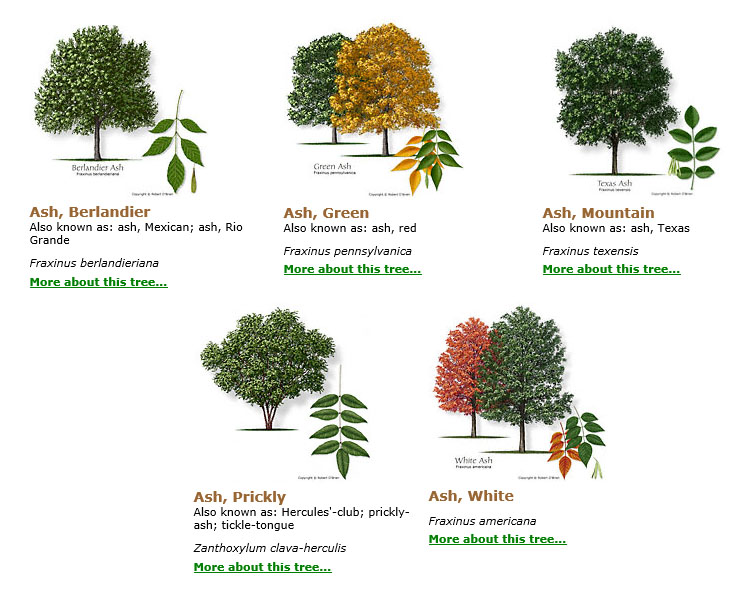There are five species of native ash trees in Texas, these are: Berlandier, Green, Rio Grande, Texas, and White.

Ash trees make up a massive population of urban forests. In Dallas, for example, they account for over 5% of the city’s canopy cover.
Ash trees are important to our environment and our economy. They help fill the forest canopy and provide shade for the forest floor as well as keeping our ecosystems diverse and stable. Not to mention, nearly 100 species of insects rely on ash trees to survive.
They provide shade—cooling our streets and homes, keep the air clean and water pure, maintain soil quality, manage storm water runoff and beautify the places we live, work and play, granting them additional value.
Ash trees also provide us with a variety of different products.
White ash wood has a variety of unique qualities, being both pliable and strong but still lightweight. Many products are made from white ash wood, such as baseball bats, hockey sticks, guitars, boat oars, flooring, and furniture. White ash also provides food for some wildlife—such as cardinals, finches, and wood ducks. The black ash wood is not as strong as white ash, but it has a pleasing grainy look that makes it a great choice for furniture. Young black ash wood is also pliable enough to be split and used for cabinet making.